Handbook of Child Language Acquisition
$148.50
Description
What allows children to acquire language so effortlessly, with such speed, and with such amazing accuracy? Capitalizing on the most recent developments in linguistics and cognitive psychology, this volume sheds new light on the what, why, and how of the child’s ability to acquire one or more languages. The “Handbook” is one of a kind in a number of respects. It includes state-of-the-art treatments of acquisition from a variety of theoretical viewpoints ranging from functionalist approaches and the implications of the creolization of languages for the study of acquisition to the relevance of Chomsky’s Minimalist Program. It contains overviews of the acquisition of all components of linguistic structure, treats the acquisition of the sign languages of the deaf, and discusses the specific problems of bilingual acquisition. This handbook addresses the following questions: ‘Is the capacity for language acquisition constant throughout the career of the language learner (that is, is it ‘continuous’) or does that capacity change in significant ways as the learner matures?’; ‘Is the language capacity a separate module of the mind or does it follow from general, ‘all-purpose’ cognitive capacities?’; ‘What is innate in language acquisition and what is acquired on the basis of experience?’; ‘What research/methodological issues arise in the study of child language acquisition?’; ‘How might input from the language (or languages) of the environment, including visual/gestural input in the case of the sign languages of the deaf, affect the process and result of acquisition?’; and, ‘How are the facts of non-normal acquisition to be explained?’
Author: Ritchie, William, Author: Bhatia, Tej
Topic: Psychology
Media: Book
ISBN: 125890419
Language: English
Pages: 742
Additional information
| Weight | 2.51 lbs |
|---|---|
| Dimensions | 9.28 × 6.19 × 1.53 in |


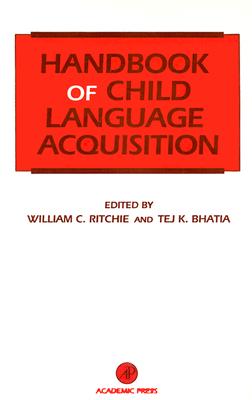
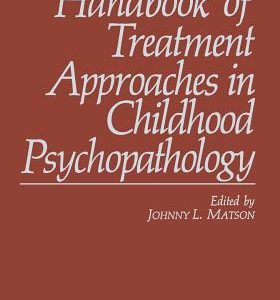


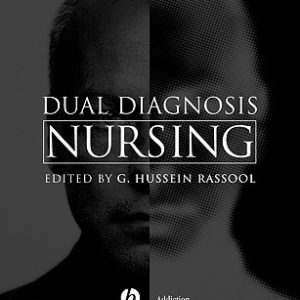

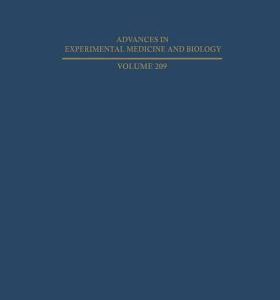
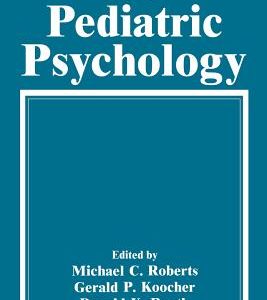
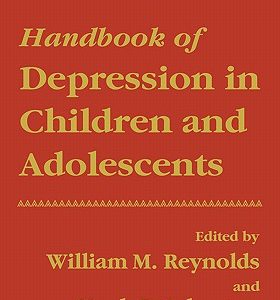
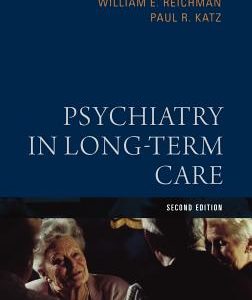

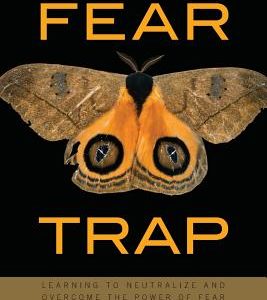
Reviews
There are no reviews yet.